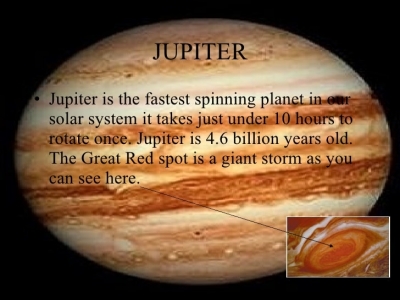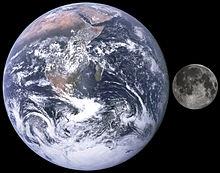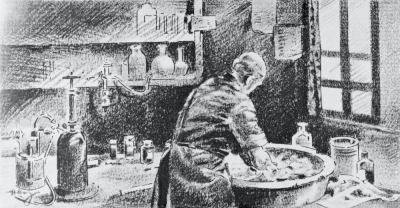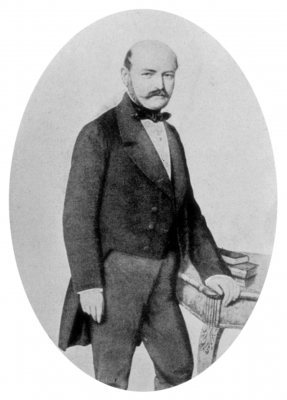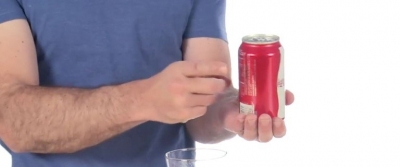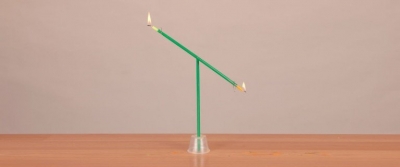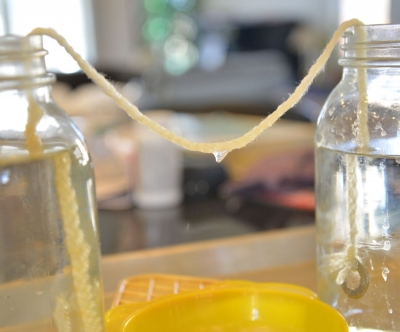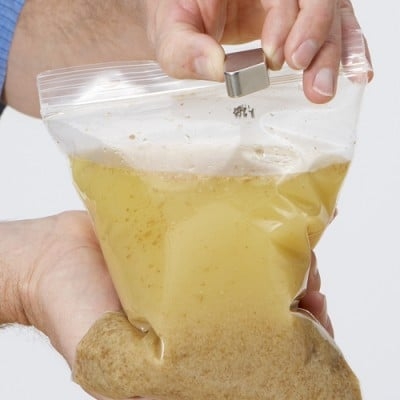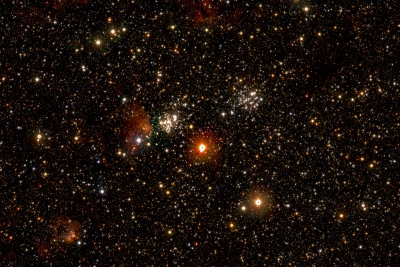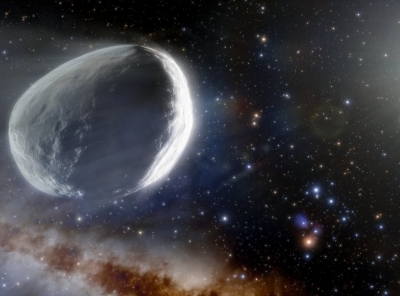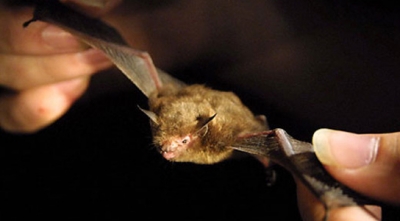What does Purdue University have to do with the Moon?
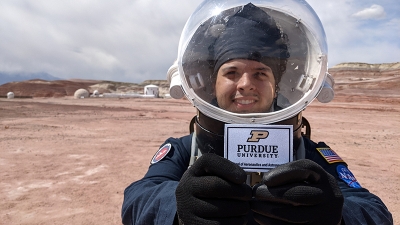
Humans have not set foot on the moon for nearly 50 years, but the Apollo moon missions aren’t over. The echoes from Neil Armstrong’s first steps are still helping scientists make giant leaps in understanding the moon’s geology.
When Apollo 17 packed up for home in 1972, the astronauts brought rock samples with them. NASA locked many of the rocks and core samples away in a vault, awaiting technological innovations that would allow future scientists to study them better than 1970s technology allowed.
Now, Purdue University scientists including Michelle Thompson, an assistant professor of Earth, Atmospheric and Planetary Sciences in Purdue’s College of Science, and Marc Caffee, professor of physics and astronomy with a courtesy appointment in the Department of Earth, Atmospheric, and Planetary Sciences, are both working on teams that will analyze some of the moon rocks and lunar soil samples from that mission.
Thompson and her team are partnering with some of the original scientists, including Harrison “Jack” Schmitt, the first and only geologist ever to walk on the moon, to learn more about the moon itself through the rock samples.
Credit : Purdue
Picture Credit : Google

